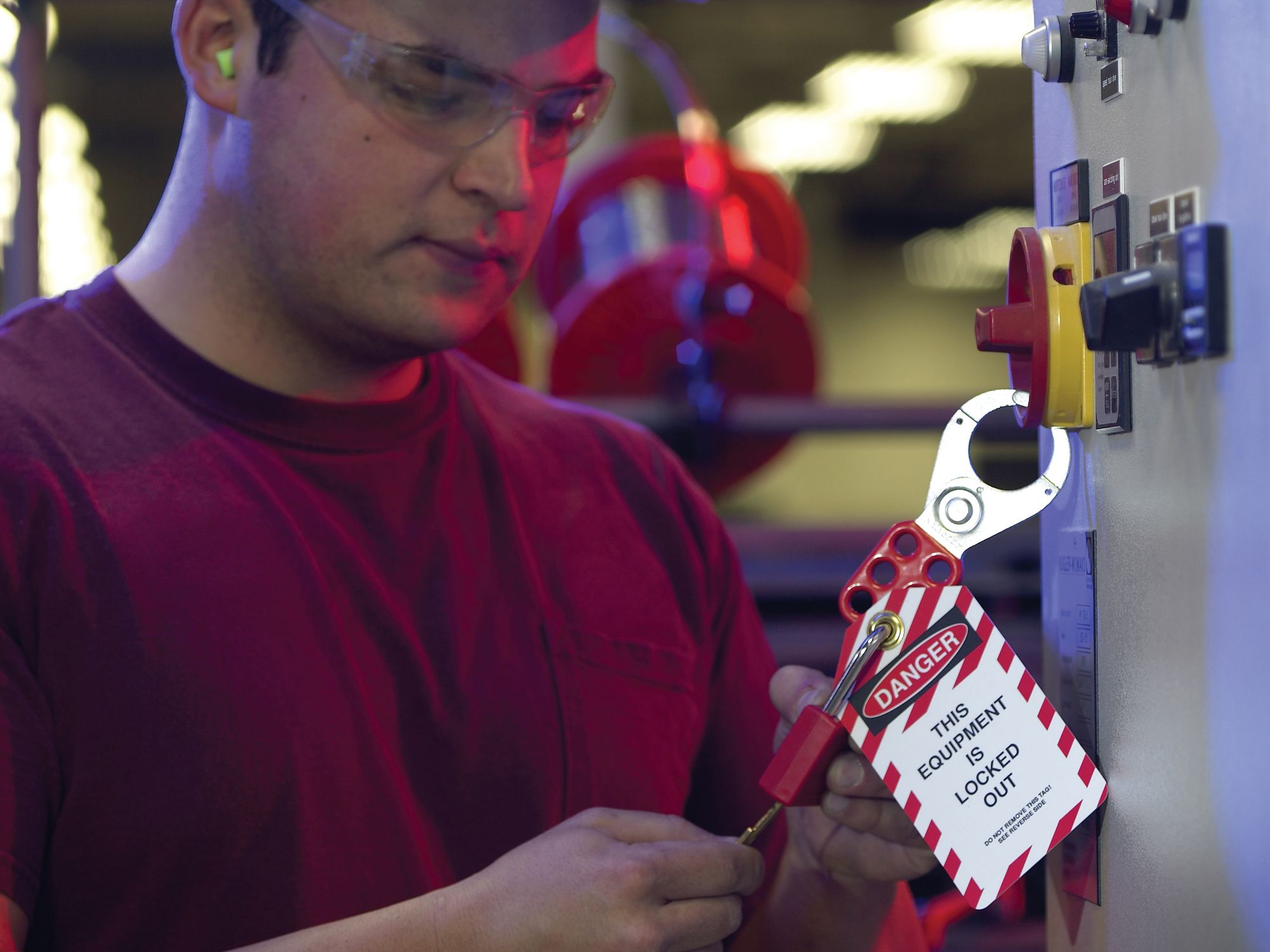InstituteSafety & HealthElectrical SafetyGeneral Industry SafetyElectrical SafetyIn Depth (Level 3)EnglishAnalysisFocus AreaUSA
What are the lockout/tagout requirements?
['Electrical Safety']

- Lockout/tagout procedures protect workers who are servicing equipment or machinery that has been temporarily de-energized.
While any employee is exposed to contact with parts of fixed electric equipment or circuits which have been de-energized, the circuits energizing the parts must be locked out or tagged or both in the following order:
- Procedures must be in place before equipment is de-energized.
- Circuits and equipment to be worked on must be disconnected from all electrical energy sources.
- Stored electrical energy which poses a hazard to workers must be released.
- Stored non-electrical energy in devices that could re-energize electric circuit parts must be blocked or relieved to the extent that the circuit parts could not be accidentally energized by the device.
- A lock and a tag must be placed on each disconnecting means used to de-energize circuits and equipment on which work is to be performed, except as provided below.
- Each tag shall contain a statement prohibiting unauthorized operation of the disconnecting means and removal of tag.
- If a lock cannot be applied, or if the employer can demonstrate that tagging procedures will provide a level of safety equivalent to that obtained by the use of a lock, a tag may be used without a lock.
- A tag used without a lock must be supplemented by at least one additional safety measure that provides a level of safety equivalent to that obtained by the use of a lock. Examples include the removal of an isolating circuit element, blocking of a controlling switch, or opening of an extra disconnecting device.
- A lock may be placed without a tag only under the following conditions: (a) Only one circuit or piece of equipment is de-energized, and (b) The lockout period does not extend beyond the work shift, and (c) Employees exposed to the hazards associated with re-energizing the circuit or equipment are familiar with this procedure.
